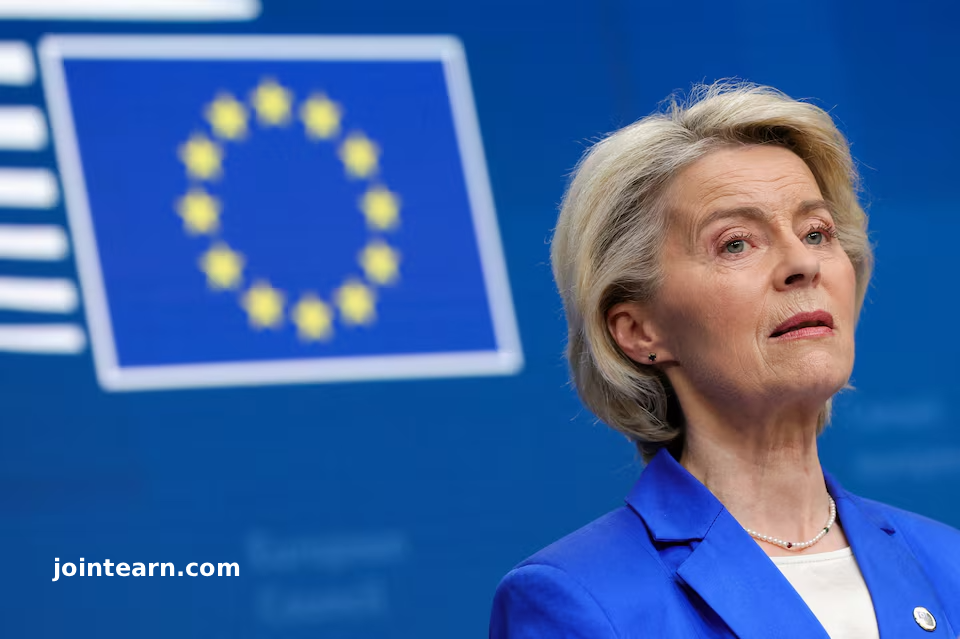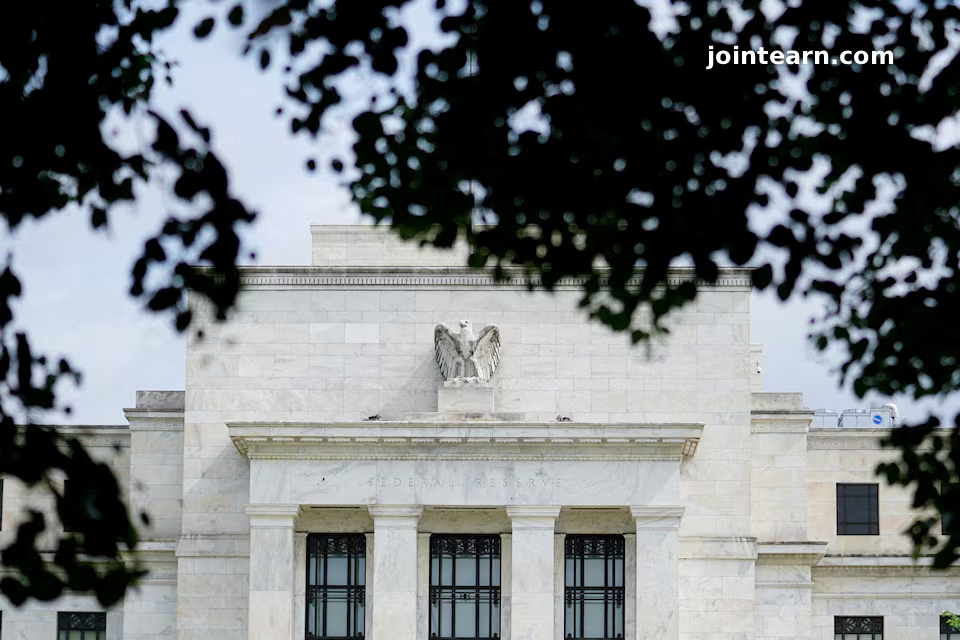New York, October 14, 2025 — Wall Street’s widely tracked measure of market anxiety, the Cboe Volatility Index (VIX), surged to a near five-month high on Tuesday as investors reacted nervously to renewed U.S.-China trade tensions and shifting expectations around Federal Reserve policy.
The index, often dubbed Wall Street’s “fear gauge”, briefly spiked to 22.94, its highest level since May 2025, before easing back to 19.68 — still up 0.7 points on the day. The VIX reflects demand for options-based protection against declines in U.S. equities, and readings above 20 typically indicate heightened investor uncertainty.
Volatility Returns After Market Calm
The recent jump in volatility follows months of unusually stable trading conditions, during which major U.S. stock indexes repeatedly notched record highs despite global economic headwinds.
“It had been really, really quiet, and so all those people who were asleep had to wake up,” said Jim Carroll, Senior Wealth Advisor and Portfolio Manager at Ballast Rock Private Wealth in Charleston, South Carolina.
“Part of what we saw on Friday was a scramble for protection … once that scramble starts, investors chase protection instead of returns, and you get this big VIX pop,” he added.
On Friday, the S&P 500 tumbled 2.7%, marking its largest single-day drop in six months, driven by fears of an escalating trade confrontation between Washington and Beijing.
Fed Comments Help Limit Selloff
Equities initially extended losses on Tuesday, with the S&P 500 falling as much as 1.5%, before recovering to close up 0.2%. The rebound came after Federal Reserve Chair Jerome Powell hinted that the central bank could soon end its balance sheet runoff program, signaling a more accommodative monetary stance and easing fears of tightening financial conditions.
Powell’s remarks briefly steadied investor sentiment, helping to cap the VIX’s advance. Still, analysts warned that the sudden spike in volatility signals a return of risk aversion after months of complacency in financial markets.
Investors Rush to Buy Portfolio Protection
Options market activity suggests that some traders are now hedging portfolios more aggressively.
“Investors are opportunistically adding protection while volatility remains manageable,” said Christopher Jacobson, derivatives strategist at Susquehanna International Group.
Jacobson noted that at least one large trader bought short-term put spreads on both the SPDR S&P 500 ETF (SPY) and the Nasdaq-100 tracking QQQ ETF — a common strategy to guard against further market declines. Put options give investors the right to sell stocks at a fixed price, effectively acting as insurance against downside risk.
Such moves indicate investors are not panicking but are positioning defensively amid growing macroeconomic uncertainty.
US-China Trade Fears Revive Global Volatility
The renewed spike in volatility stems largely from rising tensions between the United States and China, as both countries exchange new rhetoric over trade policy and technology exports.
Recent reports suggest Washington could impose fresh restrictions on Chinese tech firms, reigniting fears of a trade war escalation that could disrupt global supply chains. The Nasdaq Composite, heavily weighted toward technology stocks, has been particularly sensitive to these developments.
Market participants say the reaction underscores how geopolitical concerns can swiftly erode market confidence even after long stretches of calm.
VIX Futures Curve Suggests Short-Lived Volatility
Despite the uptick in volatility, the VIX futures curve — which tracks prices for volatility contracts over different time horizons — remains relatively flat, indicating traders do not expect the turmoil to last long.
“It kind of is saying that this volatility might be short-lived,” said Joe Tigay, Portfolio Manager at Rational Equity Armor Fund.
“We’re taking advantage of the jump in swings to sell volatility, while staying ready to buy protection again if markets calm down,” he added.
Historically, a flat or downward-sloping VIX futures curve implies that markets expect current fears to subside within weeks, as opposed to a sustained bear market environment.
Investor Sentiment and Market Outlook
Analysts say the recent spike in the VIX serves as a wake-up call for investors who had grown too comfortable with market stability. A reading around 20 suggests a moderate rise in fear, but not yet a signal of widespread panic.
The S&P 500, Dow Jones Industrial Average, and Nasdaq Composite all remain up significantly year-to-date, buoyed by resilient corporate earnings and expectations of future rate cuts.
Still, geopolitical risks — from U.S.-China trade frictions to Middle East energy tensions — continue to loom large, threatening to inject periodic volatility into an otherwise strong equity market.
“Markets are realizing that smooth sailing is never permanent,” said one Wall Street strategist. “Periods of low volatility often precede sharp corrections when complacency fades.”
Key Takeaways
- Cboe Volatility Index (VIX) touched 22.94, its highest level since May 2025, before easing.
- Renewed U.S.-China trade concerns triggered increased demand for downside protection.
- The S&P 500 initially fell 1.5% but recovered after dovish Fed comments.
- VIX futures curve remains flat, implying the spike in fear could be short-lived.
- Traders are buying put options and short-term hedges to protect portfolios.
Conclusion
Wall Street’s “fear gauge” may be flashing orange, but not red — signaling rising caution, not full-blown panic. The recent volatility reminds investors that market calm can be fleeting, especially in a world where monetary policy shifts and trade tensions continue to dominate headlines.
If U.S.-China relations deteriorate further or inflation surprises resurface, the VIX could easily climb higher. For now, however, markets appear to be bracing for turbulence rather than catastrophe.


Leave a Reply